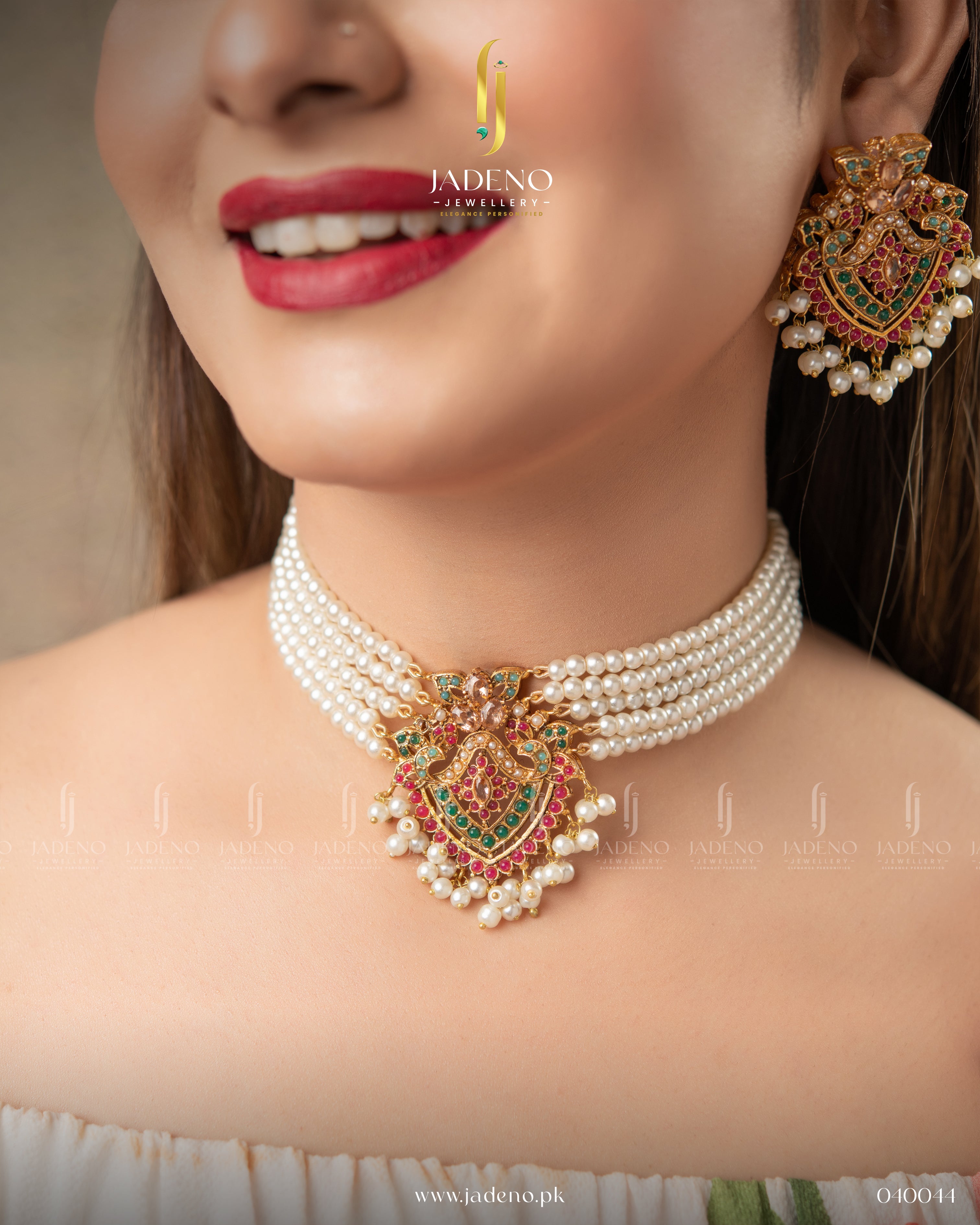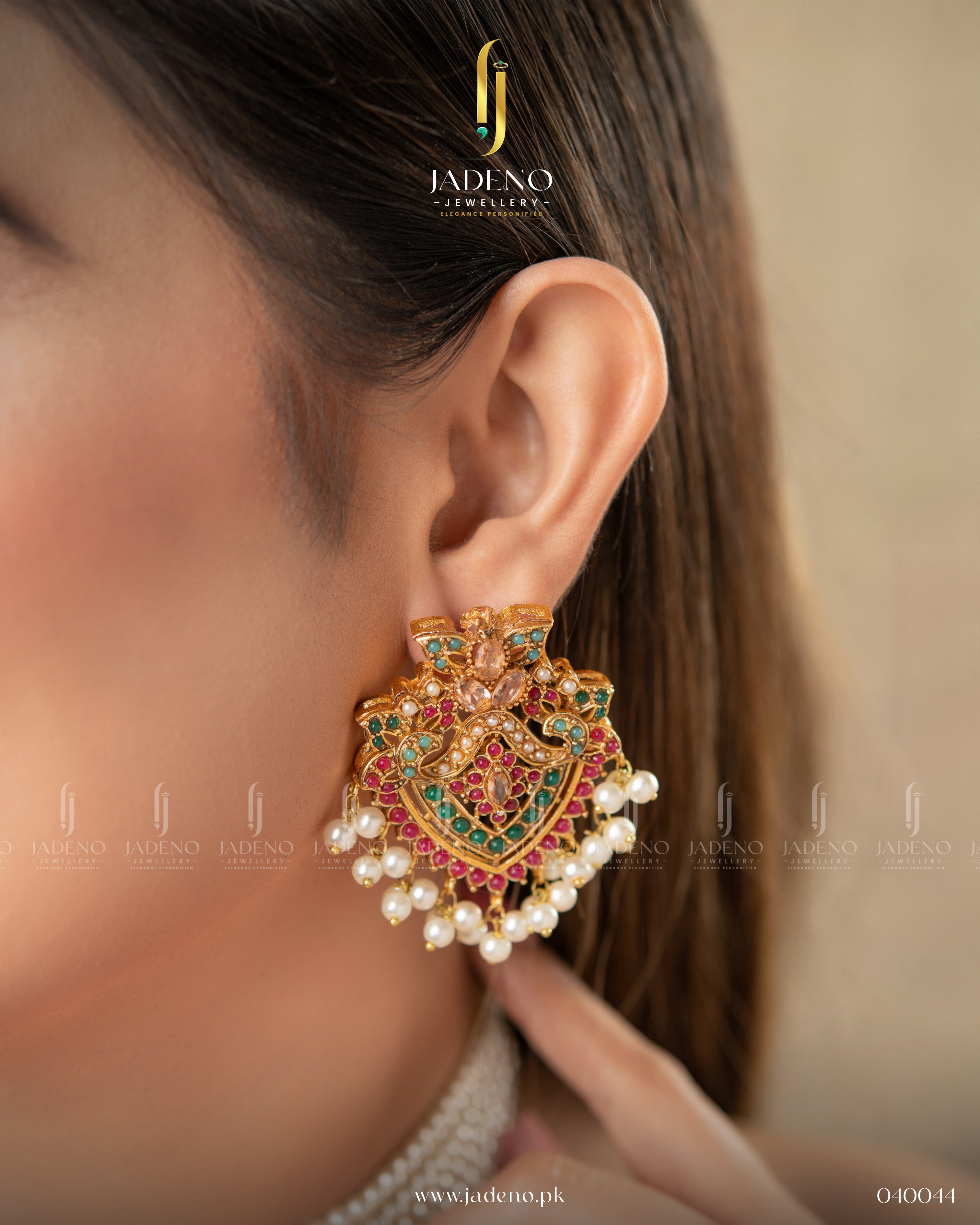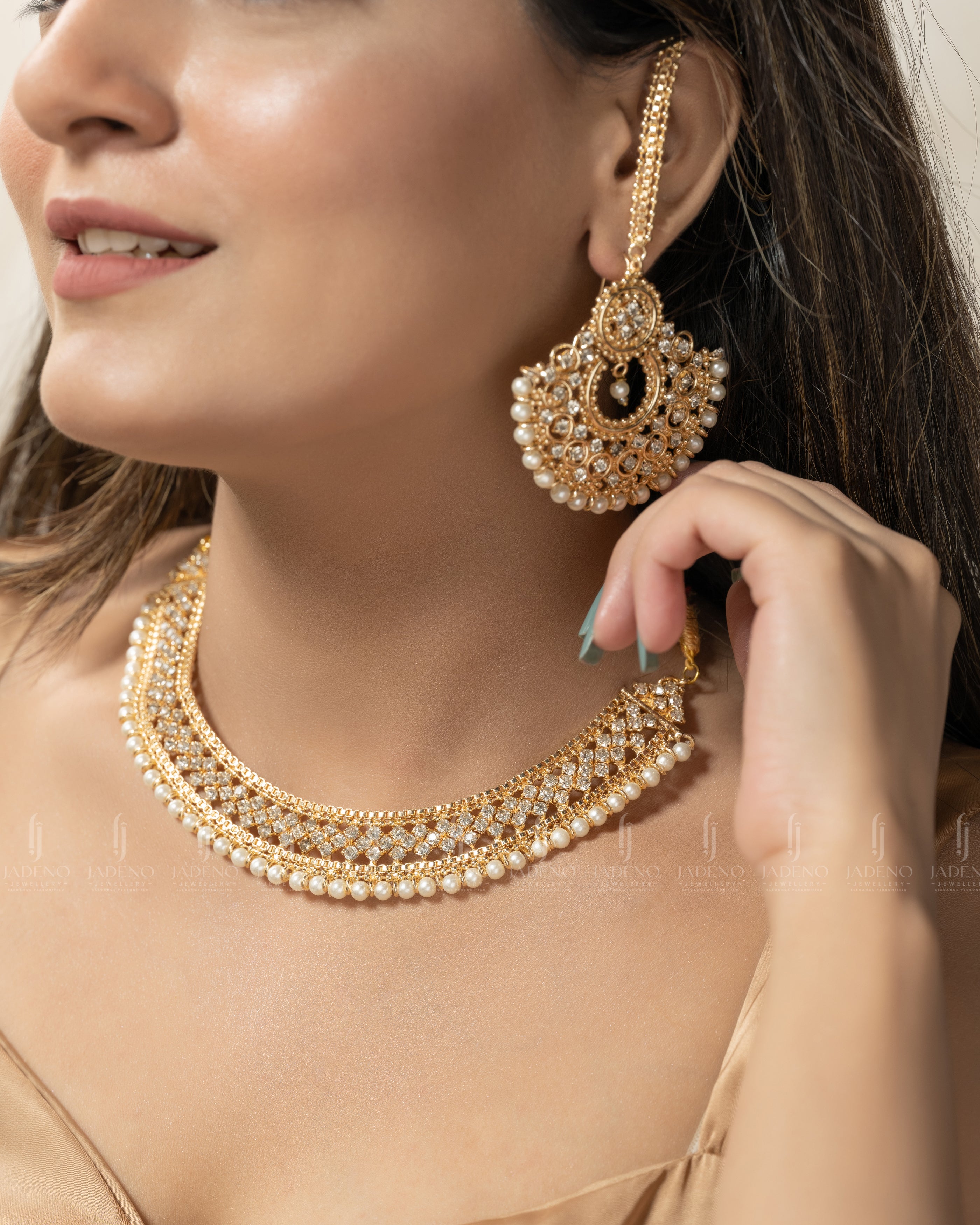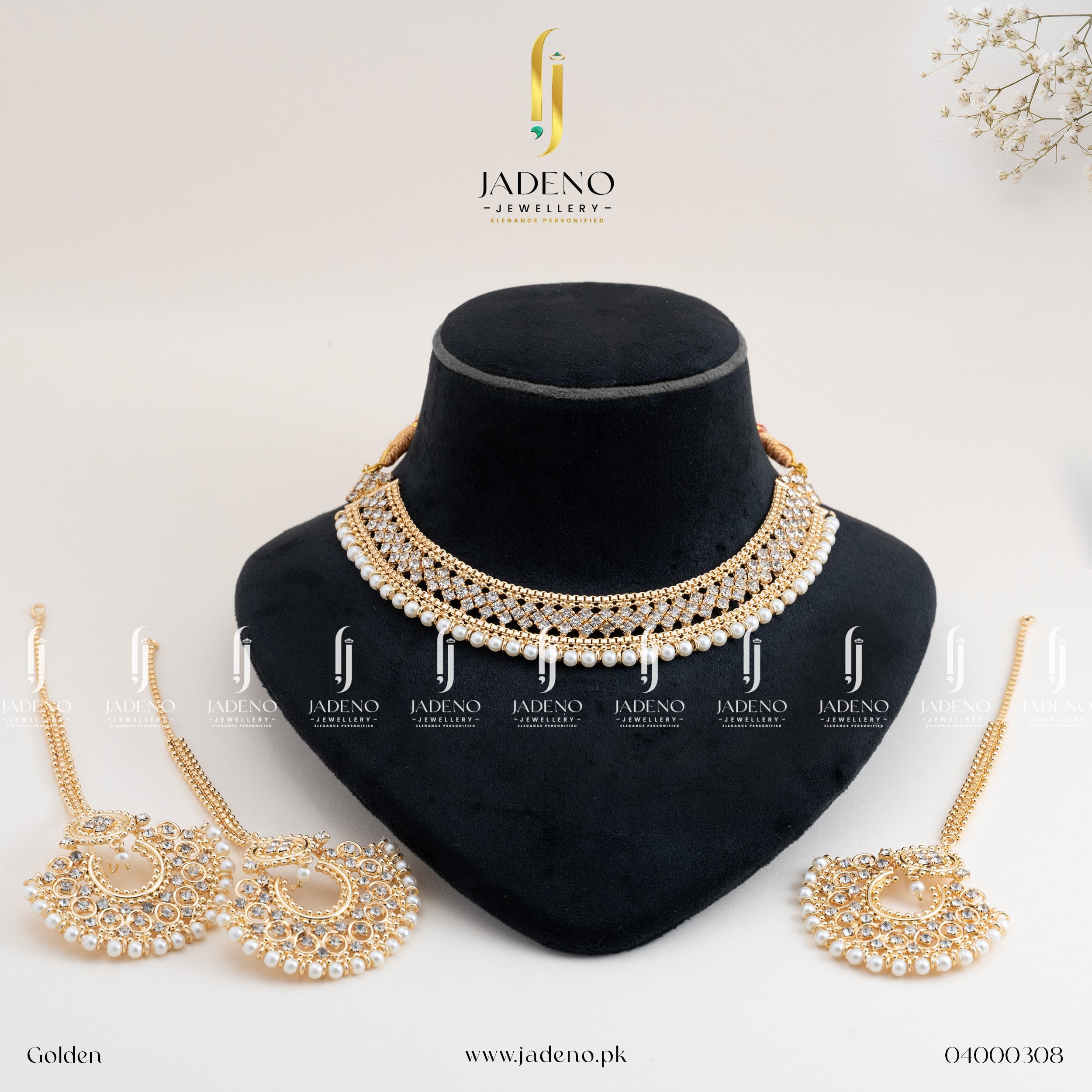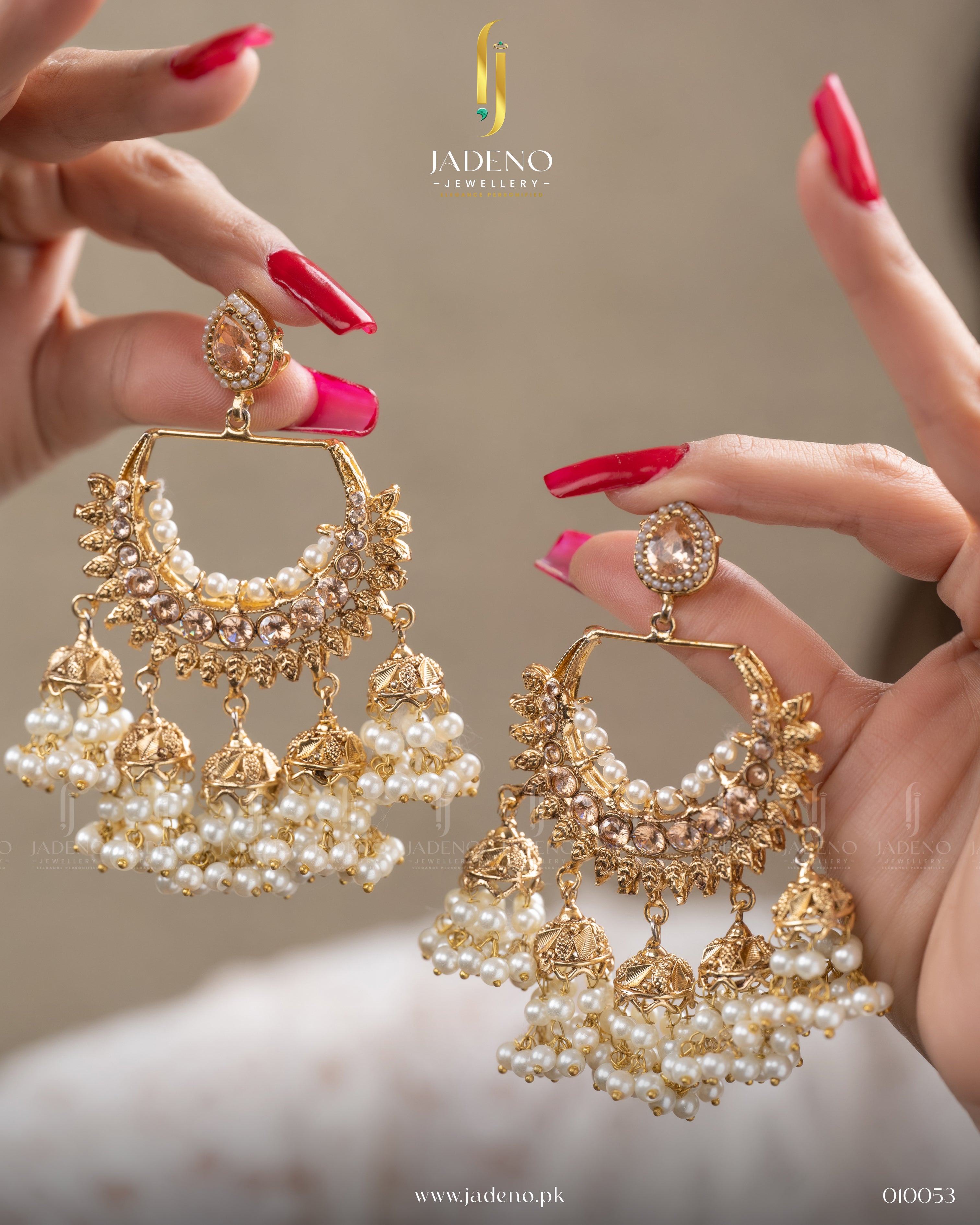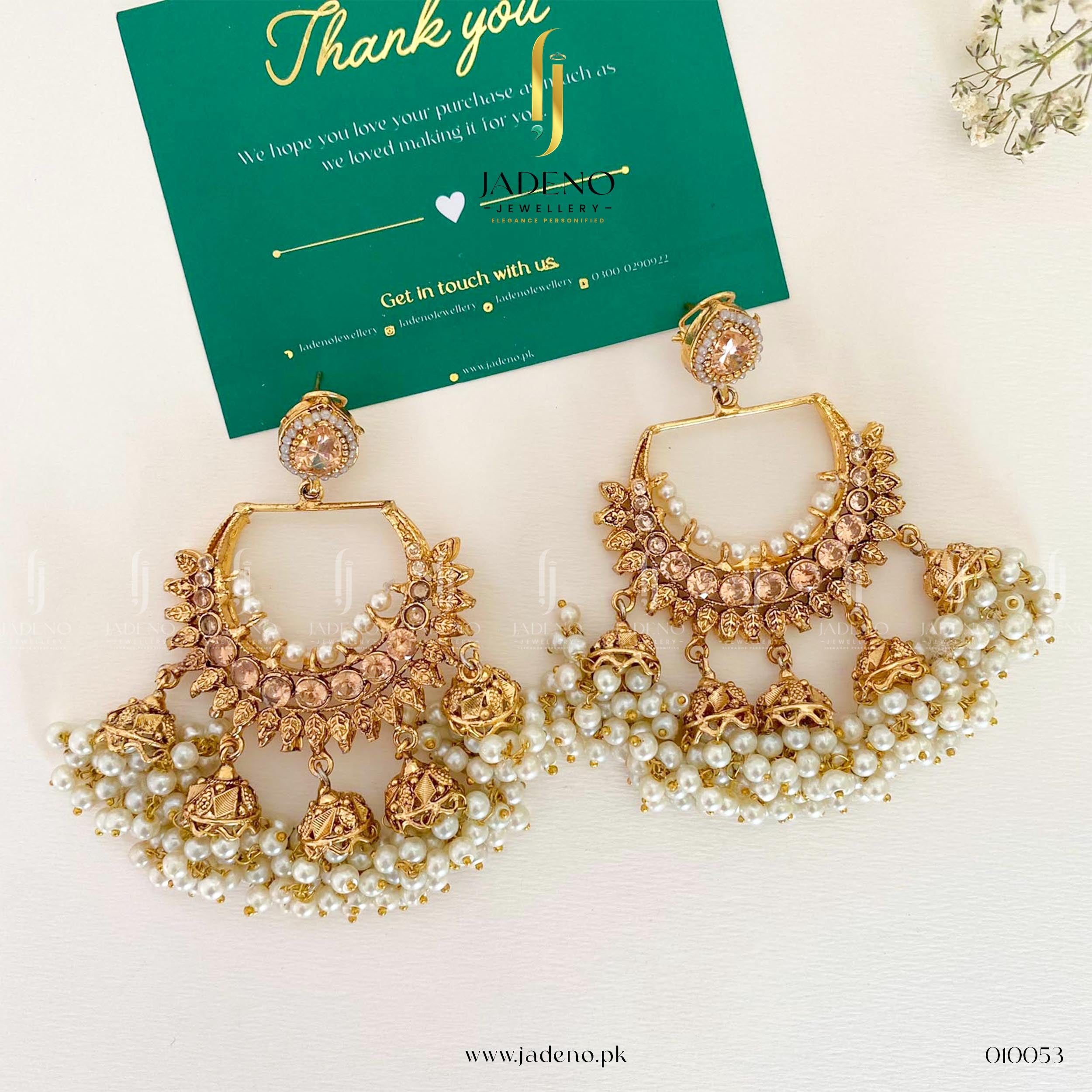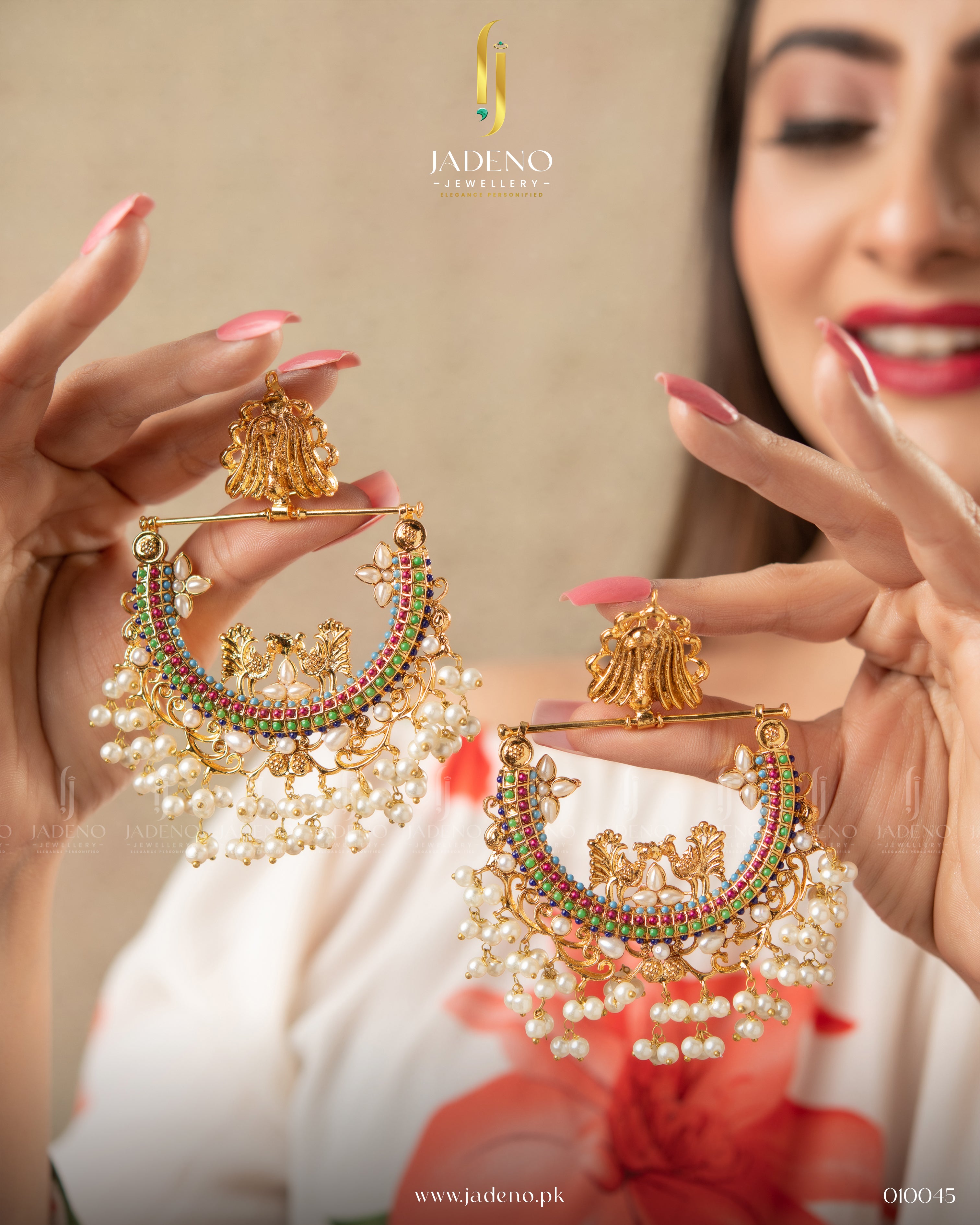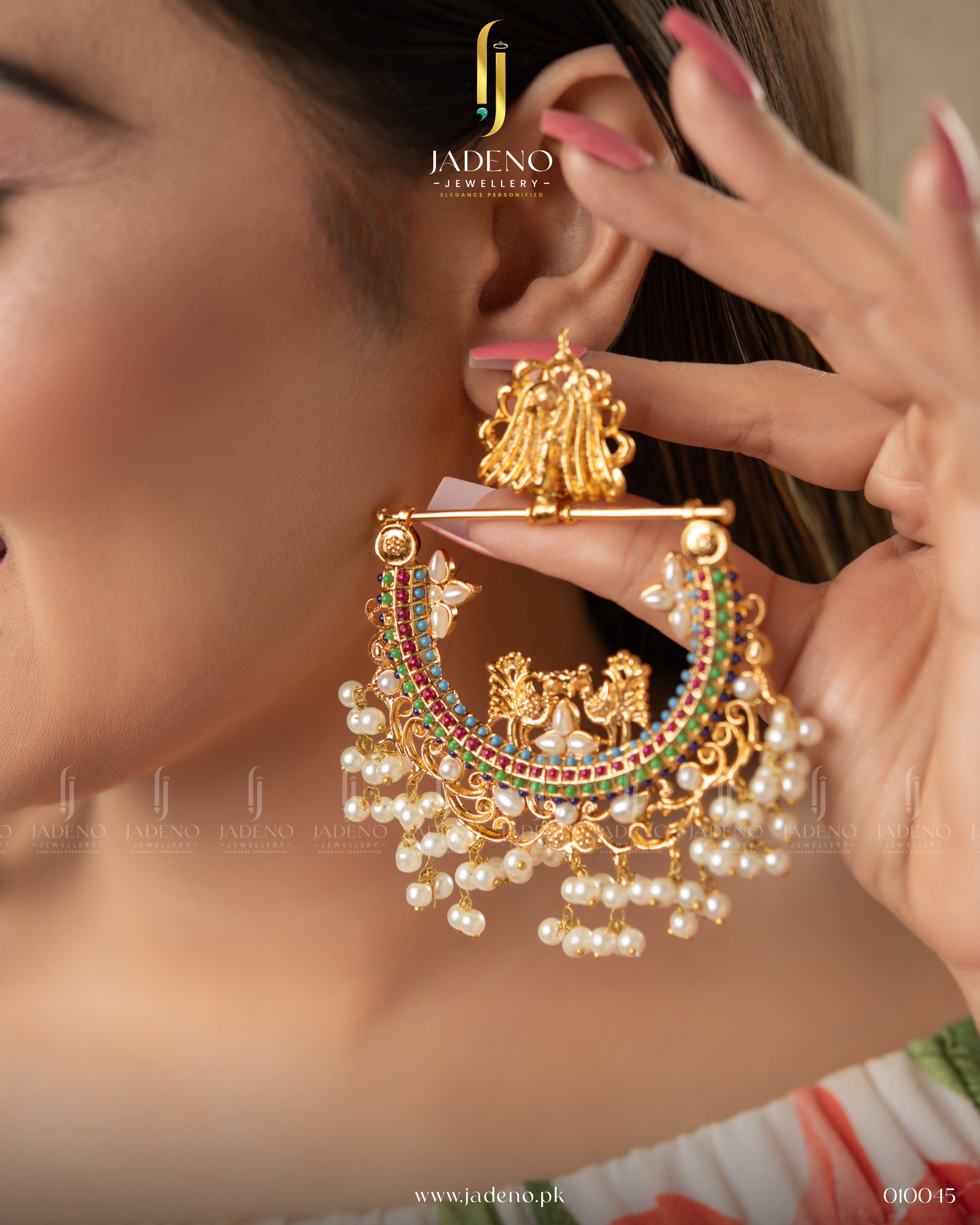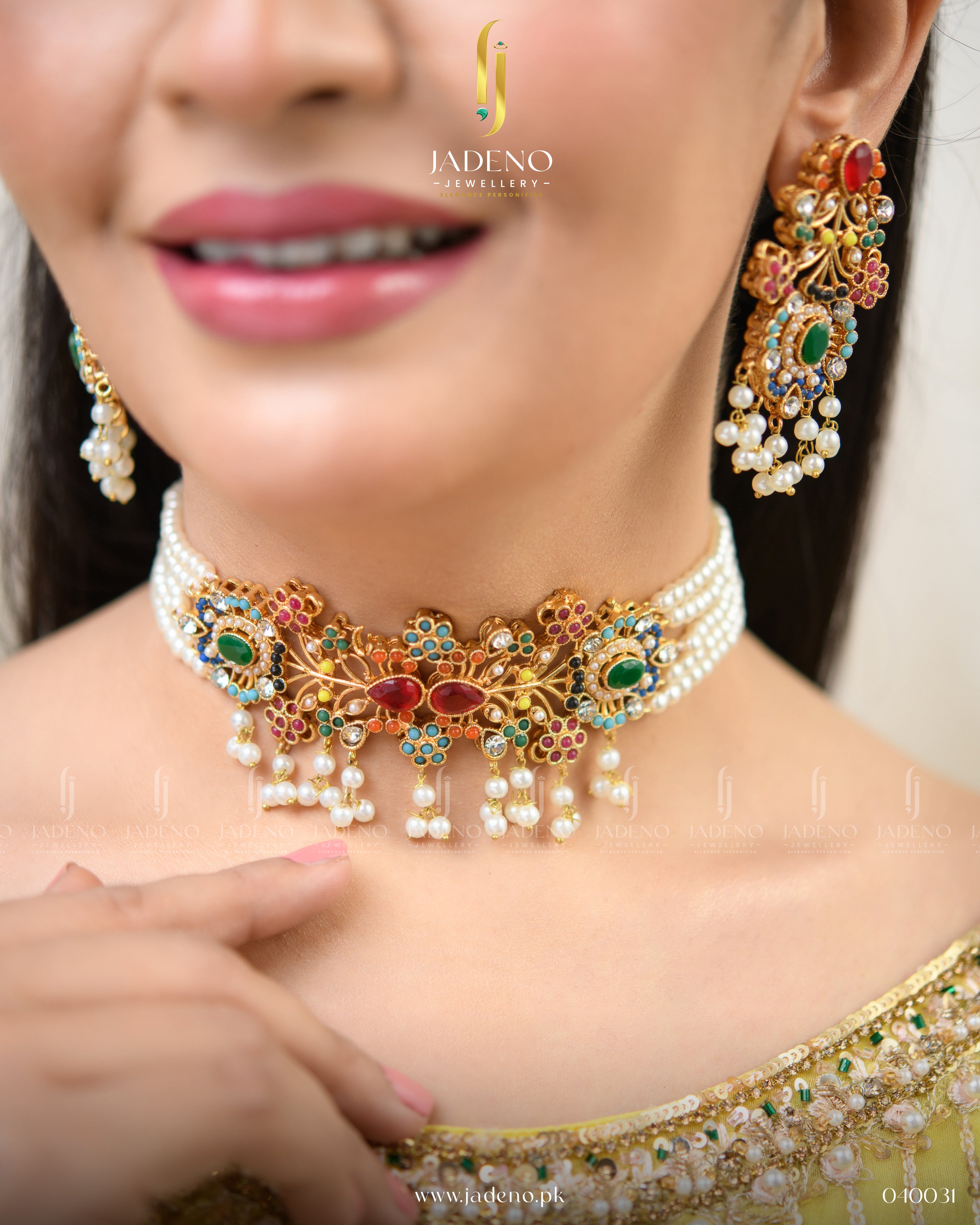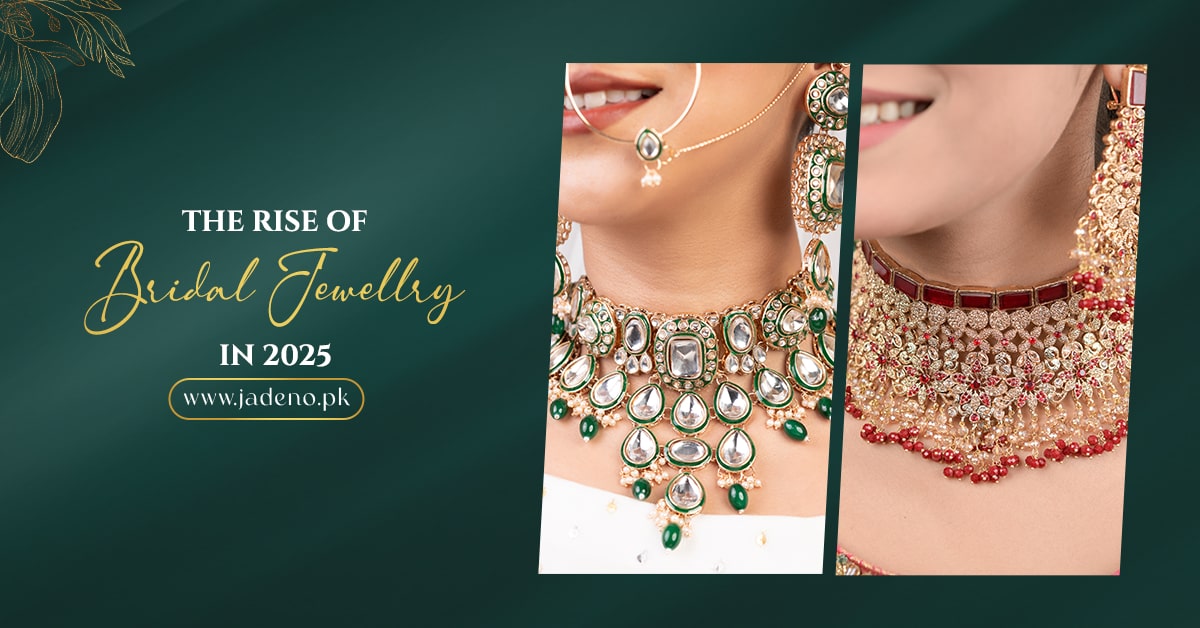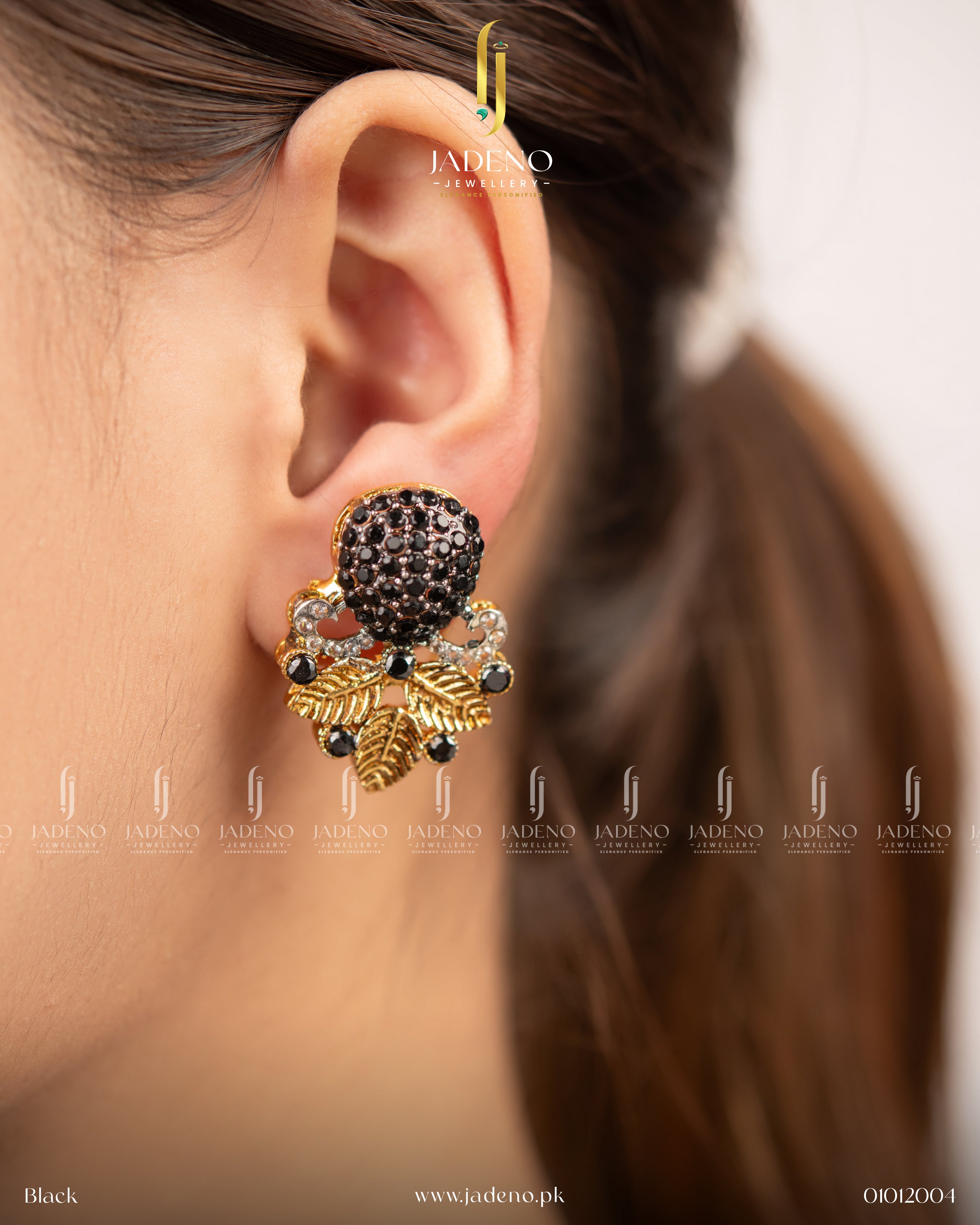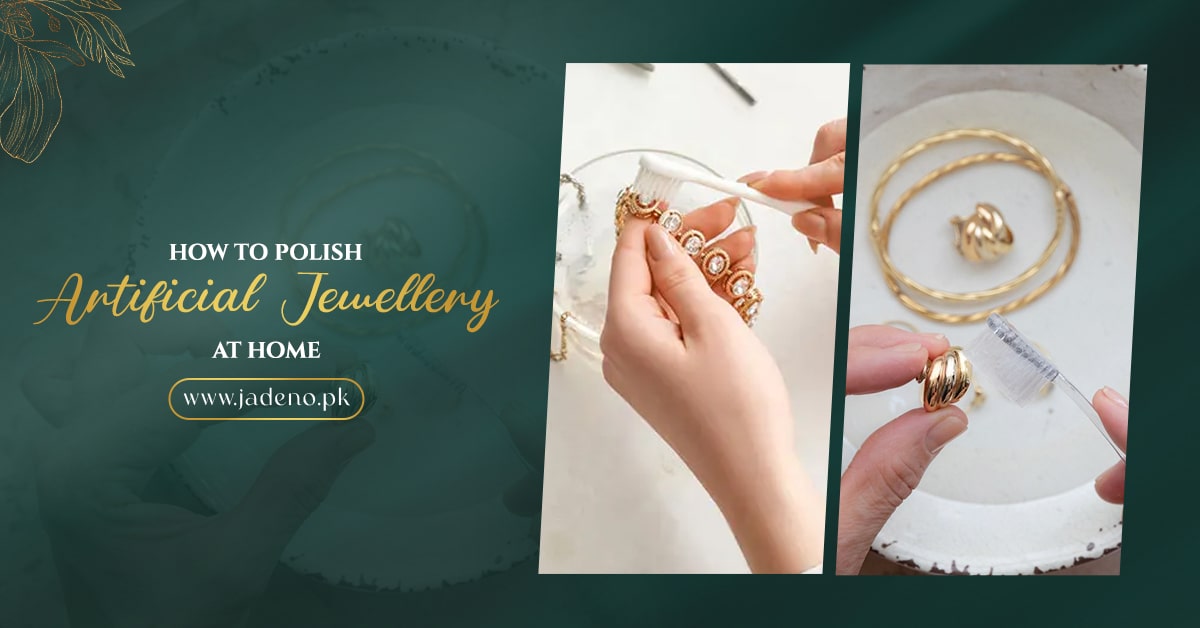
How to Polish Artificial Jewellery at Home
Artificial jewellery has become the go-to accessory for every style-conscious soul. Whether you're dressing up for a wedding, a dinner party, or just a casual brunch, imitation jewellery can elevate your look without emptying your wallet. But here’s the catch: artificial jewellery dulls over time. Tarnish, dust, moisture – these enemies don't spare even your most treasured pieces.
So, what do you do when your favourite pair of jhumkas or that dazzling ring starts to look a little tired? You polish it at home, of course! It's easier than you think, and with a few simple tools and tricks, you can revive the lost sparkle.
Why Artificial Jewellery Loses Its Shine
Before we dive into the polishing methods, it’s essential to understand why this happens. Unlike gold or silver, artificial jewellery is usually made from alloys and coated with gold/silver polish or other metallic finishes. These coatings are delicate and susceptible to:
- Moisture and sweat
- Perfumes and lotions
- Air exposure (oxidation)
- Improper storage
Now that we know the culprits, let’s move on to how you can fight back and bring the shine back!
Tools and Materials You’ll Need
Think of this like a DIY beauty salon for your jewellery. Here's what you’ll need:
- Mild liquid soap or baby shampoo
- Soft toothbrush or makeup brush
- Microfibre or soft cotton cloth
- Baking soda and white vinegar (for tougher stains)
- Aluminium foil
- Lukewarm water
- Ziplock bags or air-tight containers (for storage)
Simple, right? Most of these are likely already sitting in your bathroom or kitchen drawers.
Step-by-Step Guide: How to Polish Artificial Jewellery at Home
Step 1: Gentle Soap Cleaning
Let’s start with the basics.
- Mix a few drops of mild liquid soap or baby shampoo in a bowl of lukewarm water.
- Dip the jewellery in the solution for 1–2 minutes (avoid soaking for too long!).
- Use a soft toothbrush or makeup brush to gently scrub dirt and oil.
- Rinse quickly with clean water.
- Pat dry with a soft cotton cloth.
Pro Tip: Always test on a small area first to ensure it doesn’t damage the coating.
Step 2: Use Baking Soda for Stubborn Tarnish
If your jewellery is still looking dull, it’s time to bring out the big guns.
- Sprinkle baking soda on a small piece of aluminium foil placed in a bowl.
- Add hot water and a splash of white vinegar.
- Carefully place your jewellery on the foil. Let it sit for 1–2 minutes.
- Remove, rinse thoroughly, and dry.
This creates a chemical reaction that lifts away tarnish. But remember, use this only occasionally, and never on delicate stones or pearls.
Step 3: Polish with a Microfibre Cloth
Now that your jewellery is clean, it’s time to buff it up.
- Take a dry microfibre cloth and gently rub the surface in circular motions.
- Focus on flat metal areas to restore that glossy finish.
Think of this as the final mirror shine stage in a car wash; it brings out the brilliance.
Step 4: Proper Drying and Storage
This is where many people drop the ball.
- Ensure every piece is completely dry before storing.
- Use Ziploc bags or small pouches to keep air and moisture out.
- Store items separately to avoid scratches and fading.
Treat your jewellery like delicate secrets. They shine best when kept safe and hidden.
Additional Tips to Keep Jewellery Sparkling Longer
Even the best polish can’t help if you’re constantly exposing your pieces to harmful elements. Here are some easy precautions:
- Always remove jewellery before bathing, cooking, or working out.
- Apply perfume and lotion before wearing jewellery.
- Rotate your accessories to reduce wear on individual pieces.
- Store in a cool, dry place away from sunlight.
These small habits can extend the life of your artificial jewellery by months, if not years.
What Not to Do When Polishing Artificial Jewellery
Sometimes, the intention is right, but the method... not so much. Avoid these common mistakes:
- Don’t use toothpaste. It’s abrasive and can ruin the plating.
- Never use alcohol or acetone; they strip away polish.
- Don’t soak jewellery for too long. Moisture is the enemy.
- Avoid harsh scrubbing, especially on stone or enamel detailing.
When in doubt, always err on the side of caution.
Conclusion
Your artificial jewellery might not be made of gold, but it deserves gold-level care. Just like makeup enhances your beauty, these accessories enhance your personality. Keeping them clean and polished is more than maintenance; it’s self-care in disguise.
FAQ: How to Polish Artificial Jewellery at Home
1. Can I use toothpaste to clean artificial jewellery?
No, toothpaste is too abrasive and can damage the metal plating or stones. Stick to mild soap or baking soda solutions.
2. Is vinegar safe for artificial jewellery?
Yes, but only when used in diluted form and not frequently. It works well for metal parts but may harm stones or enamel if overused.
3. How often should I polish my artificial jewellery?
About once every 2–3 months, depending on how often you wear it. Frequent use may require more regular cleaning.
4. How can I prevent my jewellery from turning black or green?
Keep it dry, store it in airtight bags, and avoid contact with perfumes, sweat, or water. Also, wipe it down after use.
5. What’s the best way to store artificial jewellery?
Use ziplock bags or small fabric pouches and store them in a dry, cool drawer or box. Keep individual pieces separate to avoid scratches.

